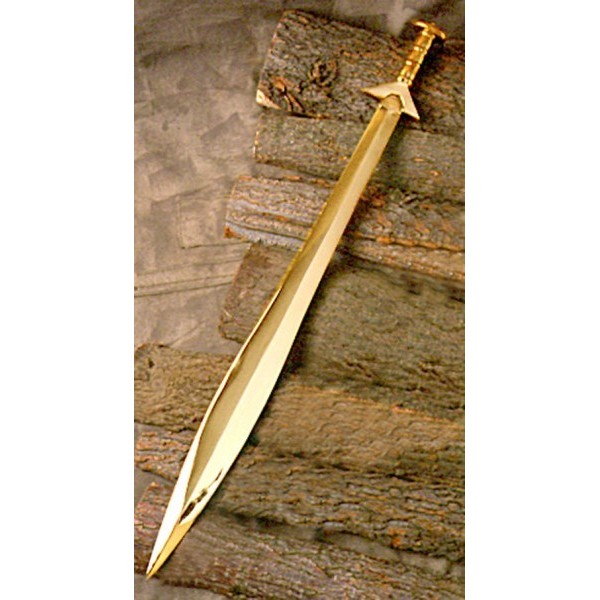



The Bobcat has a seating capacity of just three personnel the driver, gunner and commander. Since they will explode away from the underbelly of the chassis, this minimises or altogether removes the risk of damage to the Bobcat itself. This resistance is due in large part to the bulldozer shovel attached to the front of the Bobcat, which can trigger pressure-sensitive and magnetic mines early. This protection is also extended to resistance against explosives and land mines, which allows it to run through minefields to clear the way for other forces while remaining relatively intact. The externally mounted RCWS comes pre-loaded with a single 200-round linked belt, and has another three belts left in reserve to reload from (for a combined total of 800 rounds).Īs well as repairing and resupplying other vehicles, the Bobcat specialises in EOD.īecause it shares the same chassis with its APC and anti-aircraft counterparts, the Bobcat offers the same level of protection against small arms and cannon fire. Nearby friendly vehicles can be repaired, rearmed and refuelled by the Bobcat.įor self-defence, the Bobcat is also fitted with an RCWS turret that is armed with a 12.7 mm heavy machine gun, and has smoke generators to provide concealment from anti-tank missiles and rockets. The Bobcat is designed to serve purely as a support vehicle. The CRV (Combat Recovery Vehicle) variant of the IFV-6 also exists and is used by BLUFOR, designation CRV-6e Bobcat. The cargo space is taken up by ammunition storage and vehicle is armed with two 35 mm autocannons, four long range surface-to-air missiles and smoke grenades. The standard Panther is armed with an RCWS HMG, 40 mm GMG and smoke grenades and it can take up to 8 soldiers in its cargo area.

The Panther is an APC that boasts strong armor to achieve maximal protection for the transported crew. While both IFV-6c Panther and IFV-6a Cheetah are based on the Israeli armored personnel carrier chassis, they serve different roles in combat.


 0 kommentar(er)
0 kommentar(er)
